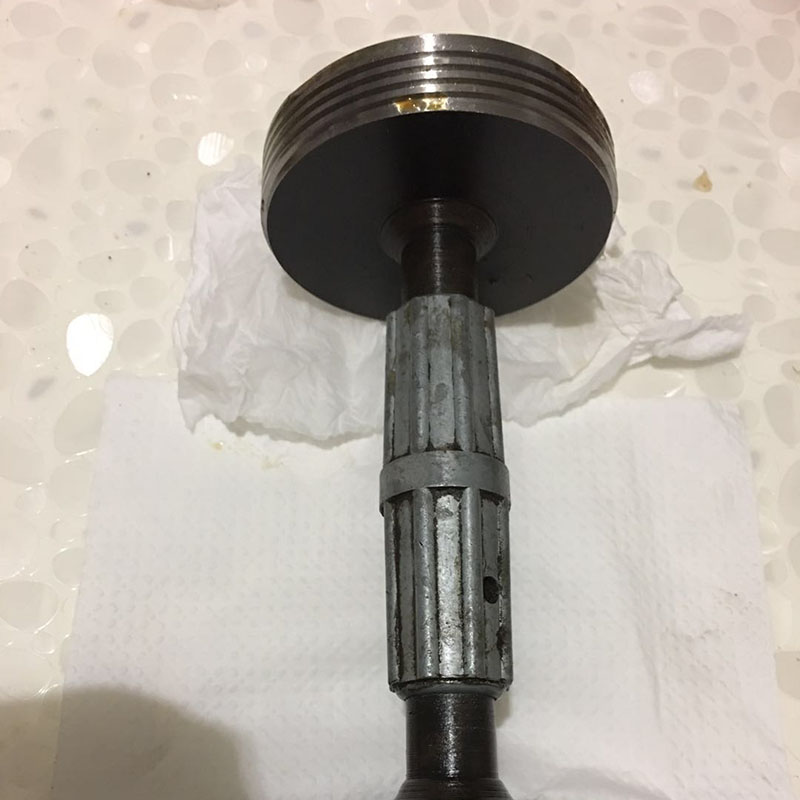12 月 . 04, 2024 09:25 Back to list
Understanding and Using Thread Gauges for Precision Measurement in Engineering
Understanding Thread Gauges Essential Tools for Precision Engineering
In the world of precision engineering, the importance of accurate measurements cannot be overstated. Among the myriad of tools available to engineers and machinists, thread gauges stand out as essential instruments for ensuring the correctness and consistency of threaded components. Whether in manufacturing, quality control, or maintenance, understanding thread gauges is crucial for achieving high standards of quality and performance.
What is a Thread Gauge?
A thread gauge, often referred to as a thread pitch gauge, is a tool used to measure the pitch, diameter, and profile of screw threads. This instrument is vital in several applications, including verifying that manufactured screws, bolts, and nuts meet specified thread requirements. There are different types of thread gauges, including go/no-go gauges, plug gauges, and ring gauges, each serving a specific purpose in the verification process.
Types of Thread Gauges
1. Go/No-Go Gauges These gauges help operators quickly assess whether a threaded component meets dimensional standards. A ‘go’ gauge fits onto the threaded part if it is within tolerance, while a ‘no-go’ gauge will not fit if the thread is correct. This binary method of measurement is efficient and reduces the chances of human error in the measurement process.
2. Plug Gauges Used primarily for internal threads, plug gauges check the diameter and pitch of the threaded hole. A properly designed plug gauge will fit snugly into a correct thread and not fit into an incorrect one.
3. Ring Gauges Conversely, ring gauges are used for external threads. These gauges are designed to slide onto the external thread and are critical in production settings where fasteners are being created at high volumes.
4. Thread Pitch Gauges These are instruments that allow users to measure the pitch of a thread directly. This is particularly useful when working with non-standard threads or when details are unclear.
The Importance of Accurate Thread Measurement
thread gauges

Precision in thread measurements is vital for several reasons. Firstly, poorly threaded components can lead to assembly issues, where parts do not fit together correctly, causing malfunctions or failures. Secondly, in critical applications such as aerospace and automotive industries, the risk associated with defective threads can lead to catastrophic failures. Accurate thread gauges help ensure that all components are manufactured to the necessary specifications, ultimately leading to safer and more reliable products.
Additionally, the use of thread gauges contributes to the efficiency of the manufacturing process. By ensuring that threads are produced correctly on the first try, manufacturers can reduce waste and avoid costly rework, contributing to overall productivity. Regular calibration and maintenance of thread gauges further enhance their reliability and accuracy, making them indispensable in any engineering toolkit.
How to Use a Thread Gauge
Using a thread gauge effectively requires a few steps
1. Select the Appropriate Gauge Depending on whether you’re measuring internal or external threads, choose a plug gauge or ring gauge, respectively.
2. Clean the Threads Before using a thread gauge, ensure that the threads are free from dirt, grease, and debris. This ensures an accurate fit and measurement.
3. Test Fit the Gauge Insert the gauge into the threaded component. For go/no-go gauges, use the go side first; it should fit properly. Then test with the no-go side, which should not fit.
4. Record Measurements If using a thread pitch gauge, ensure you properly align it with the threaded part to determine the correct pitch.
Conclusion
Thread gauges are more than just simple tools; they are critical components of the quality assurance process in precision engineering. Proper understanding and use of these gauges can dramatically affect the quality of threaded components and assemblies. By investing time in understanding and utilizing thread gauges effectively, engineers and manufacturers can significantly improve their output and ensure the reliability and safety of their products. In today’s competitive manufacturing landscape, precision is not just an option—it is a necessity.
-
Y Type Strainers: A Comprehensive GuideNewsOct.18,2024
-
Understanding Water Valve Options for Your NeedsNewsOct.18,2024
-
Functions and TypesNewsOct.18,2024
-
An Essential Component for Fluid SystemsNewsOct.18,2024
-
Adjustment and ReplacementNewsOct.18,2024
-
Slow Closing Check Valves: A Key Component in Fluid SystemsNewsOct.08,2024
Related PRODUCTS









